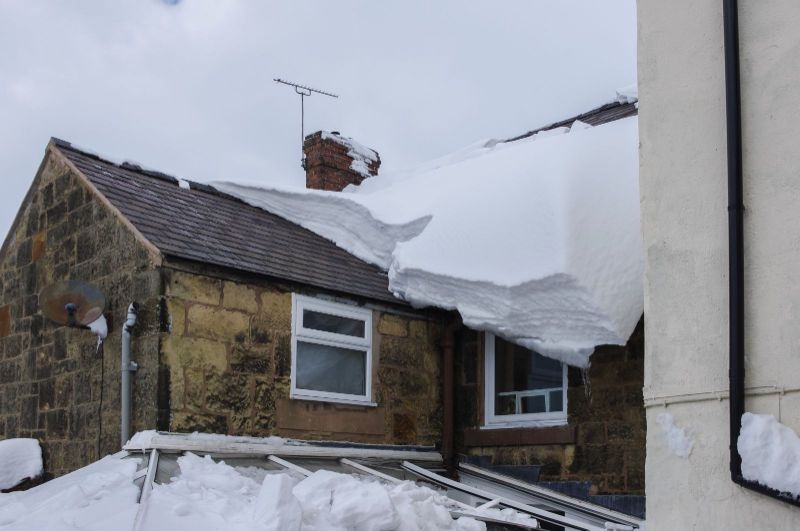Winter brings forth chilly and snowy weather, which can be both enjoyable and troublesome. One of the ways winter weather can be a problem is the way it affects a home. Since the season will be wet and cold for the most part, rain, ice, and snow can cause water damage. This is why it’s important to prepare for the worst.
An important step in preparing your home for winter water damage is to know what causes it in the first place. In this post, we’ll take a look at the common causes of water damage in winter and how to prevent them.
1. Frozen and Burst Pipes
Pipes freeze during winter when they are not insulated and not let to drip. When pipes freeze, a significant amount of pressure builds up inside them. This causes cracking and flooding when the ice melts.
To prevent water damage caused by frozen and burst pipes, you need to make sure that the outer walls are insulated, as well as any exposed pipes outdoors. It’s also important to have your home checked before the coldest days come, and have cracks and holes caulked. This will prevent water and moisture from seeping through the cracks. Not only will this stop water and moisture from entering the home’s foundation, but it will also keep the cold air from reaching and freezing the pipes.
Exposed pipes must be wrapped with insulating tape or old clothes or towels. If the temperatures are very low, consider leaving the faucets to lightly drip to maintain water movement and allow warm air to circulate inside the pipes.
2. Ice Dams
Icicles may be fun to look at, but they’re not so fun when they cause roof leak and damage. If you neglected your gutters and didn’t ensure that they are not clogged before the winter came, melted snow from your roof cannot pass through the gutter and drainage properly. As a result, the trapped water will freeze again when the temperature drops, leading to the formation of an ice dam.
The layer of ice just above your roof can melt as it gets heated by the warm air coming from inside your home. However, the mid- and upper layers of the dam do not completely melt, leaving the ice melt trapped beneath. With nowhere else to go, the water will seep into your roof’s underlayment, roof decking, then into the attic. This can cause moisture buildup, which can lead to mold growth and structural damage.
Furthermore, when melted snow and ice drips over the sides of your home, it may pool next to the foundation of your home, causing further structural damage.
3. Water Outlets and Sources
Water sources, such as outdoor hoses, need to be completely shut off and drained once the temperature begins to drop. If possible, remove hoses and keep them so they don’t freeze outside.
If, after all the preparations and preventions, you still experience water damage this winter, you can count on Disaster Response for reliable water damage restoration and mitigation services. Get in touch with us today to learn more!

